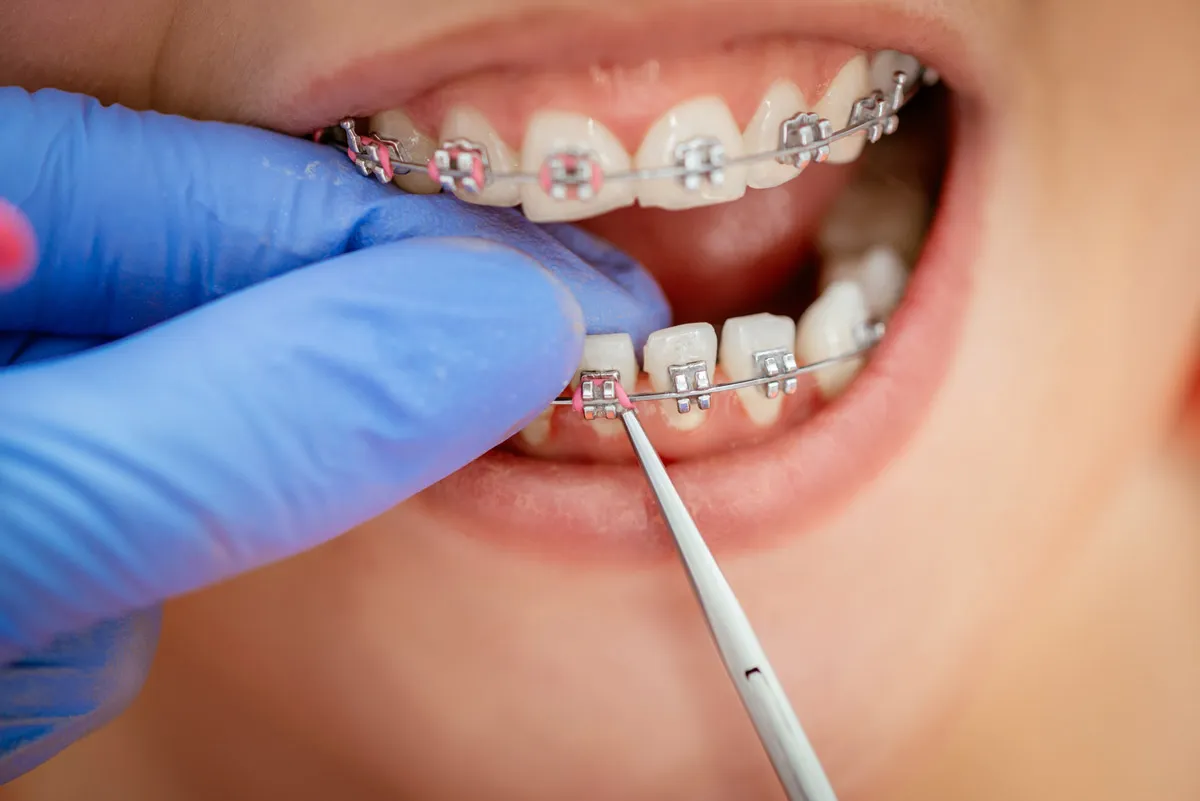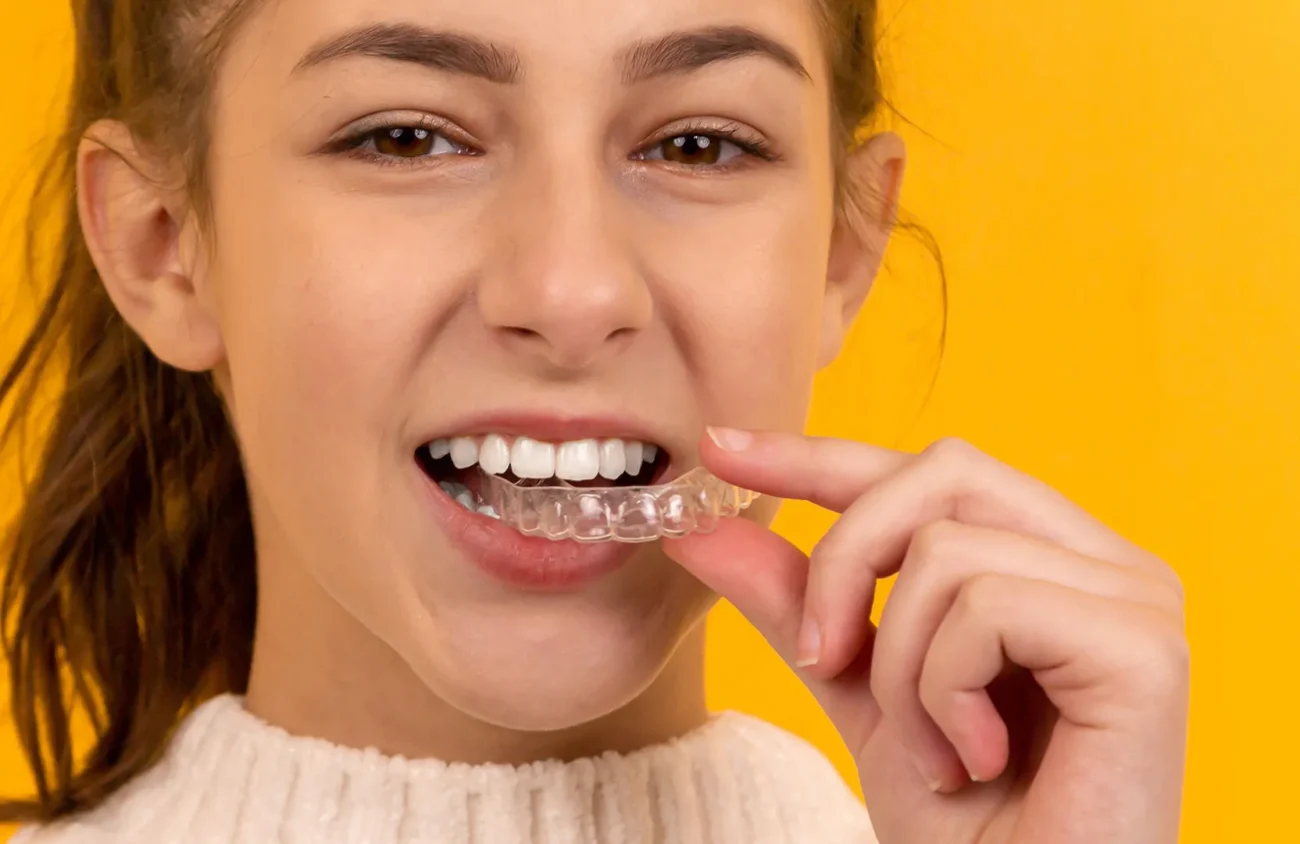
The connection between orthodontics and speech therapy may not be immediately apparent, but these two disciplines have a close relationship that can greatly benefit patients.
By understanding the role of orthodontics in dental health and the importance of speech therapy in communication, we can delve into how they intersect and ultimately enhance each other.
This article aims to explore this fascinating link, highlighting the benefits of an integrated orthodontic and speech therapy approach, and discussing future perspectives in this field.
What is Orthodontics?
Orthodontics is a specialized field of dentistry that focuses on the diagnosis, prevention, and treatment of dental and facial irregularities. Its primary objective is to align the teeth and jaws properly, aiding in both aesthetics and function.
Improper alignment can cause a range of issues, including difficulty in speaking, chewing, and breathing.
What are Common Orthodontic Treatments and Procedures?

Orthodontic treatments vary depending on the individual’s needs. Traditionally, braces have been the go-to solution for dental misalignments. These consist of metal brackets bonded to the teeth, connected with wires that gradually shift the teeth into their proper positions. However, advances in orthodontics have introduced alternatives, such as clear aligners, which offer a more discreet and comfortable option.
For those seeking expert orthodontic care, Kumra Orthodontics stands as a distinguished clinic. With a team of seasoned professionals led by a reputable orthodontist in Washington DC, they offer a myriad of advanced orthodontic solutions. Their comprehensive approach ensures that each patient receives personalized care, aiding in the intersection of orthodontics and speech therapy, to bring about improved oral health and speech clarity.
What is Speech Therapy?
Speech therapy, on the other hand, focuses on the evaluation and treatment of communication disorders. These disorders can encompass articulation difficulties, language impairments, voice disorders, fluency problems, and more. Speech therapists, also known as speech-language pathologists, are trained professionals skilled in diagnosing and helping patients overcome these challenges.
What is the Importance of Speech Therapy in Communication?
Speech is an essential aspect of human communication, and any difficulties in this area can significantly impact daily life. Speech therapy plays a crucial role in addressing speech disorders and improving overall communication skills.
By working on pronunciation, clarity, fluency, and language development, speech therapists empower individuals to express themselves effectively and engage in meaningful interactions.
What is the Intersection of Orthodontics and Speech Therapy?

The intersection between orthodontics and speech therapy is a fine example of interdisciplinary cooperation aimed at enhancing overall oral and communicative health. Both fields, while distinct, share a common ground in dealing with the functional and structural aspects of the oral and facial region. Here’s a closer look at how these two domains interact and complement each other
Oral Structural Corrections
Orthodontic treatment often involves correcting structural anomalies like malocclusions (misaligned teeth), jaw misalignment, or palate expansion, which may have direct implications on speech. Correcting these structural issues can create a more favorable environment for speech production.
Speech Articulation
Speech articulation may be affected by the position and alignment of teeth and jaws. For example, misaligned teeth may interfere with the correct placement of the tongue or lips needed to produce certain sounds. Orthodontic interventions can rectify such issues, thereby potentially improving speech articulation.
Orofacial Myofunctional Disorders (OMDs)
These disorders involve abnormal lip, jaw, or tongue positioning during speech, swallowing, or at rest. Both orthodontists and speech therapists may work collaboratively to address OMDs. While orthodontists may provide appliances or treatments to correct structural issues, speech therapists can offer exercises and techniques to correct dysfunctional oral or facial muscle patterns.
Appliance Therapy

Sometimes orthodontic appliances like retainers or palate expanders are utilized to correct oral structures, which may in turn impact speech. Speech therapists can help individuals adapt to these appliances, ensuring they do not impede speech while orthodontic corrections are being made.
Therapy Coordination
Coordinated care between orthodontists and speech therapists can be very beneficial. For instance, orthodontists can provide valuable insight into the structural aspects of the oral cavity, while speech therapists can share feedback regarding the functional impact of orthodontic interventions on speech and swallowing.
Improved Confidence and Self-Esteem
Achieving a well-aligned smile through orthodontic treatment can boost individuals’ self-esteem, which may in turn positively impact their communication skills. Similarly, speech therapy can improve individuals’ speech clarity, further enhancing their confidence.
Early Intervention and Holistic Care
Early identification and collaborative management of oral structural issues and speech problems ensure a holistic approach to treatment. This integrated care can significantly enhance the overall treatment outcome and the individual’s quality of life.
The synergy between orthodontics and speech therapy embodies a holistic approach to oral health and communication wellness. Through collaborative efforts, individuals can enjoy not only improved oral function and aesthetics but also enhanced speech clarity and overall communicative competence.
What are the Benefits of an Integrated Orthodontic and Speech Therapy Approach?

Bringing together orthodontics and speech therapy offers numerous advantages, particularly for individuals dealing with both orthodontic and speech-related challenges. This integrated approach not only enhances communication skills but also produces simultaneous dental health benefits.
Improved Communication Skills Through Combined Therapy
The collaborative efforts of orthodontists and speech therapists can lead to significant improvements in communication skills. By correcting dental misalignments and working on speech production techniques simultaneously, individuals can overcome obstacles and achieve clearer and more confident speech. This, in turn, enhances self-esteem, social interactions, and overall quality of life.
Enhancing Dental Health and Speech Clarity Simultaneously
The integrated orthodontic and speech therapy approach recognizes the intercorrelation between dental health and speech. By addressing both aspects together, orthodontists and speech therapists can optimize treatment outcomes, ensuring that dental issues are resolved while simultaneously improving speech clarity. This comprehensive approach eliminates the need for separate treatment phases, saving time and effort for the individual.
Conclusion
The link between orthodontics and speech therapy is a fascinating connection that highlights the intricate relationship between dental health and effective communication.
By understanding this link, exploring the benefits of an integrated approach, and considering future perspectives, we can unlock new possibilities to optimize treatment outcomes and improve the lives of individuals dealing with both orthodontic and speech-related challenges.







